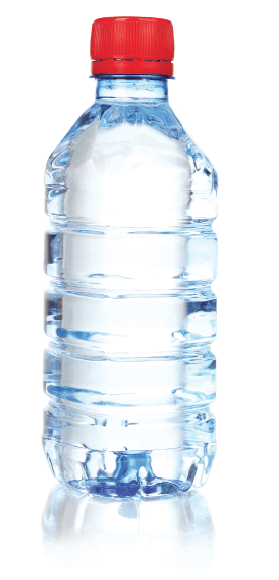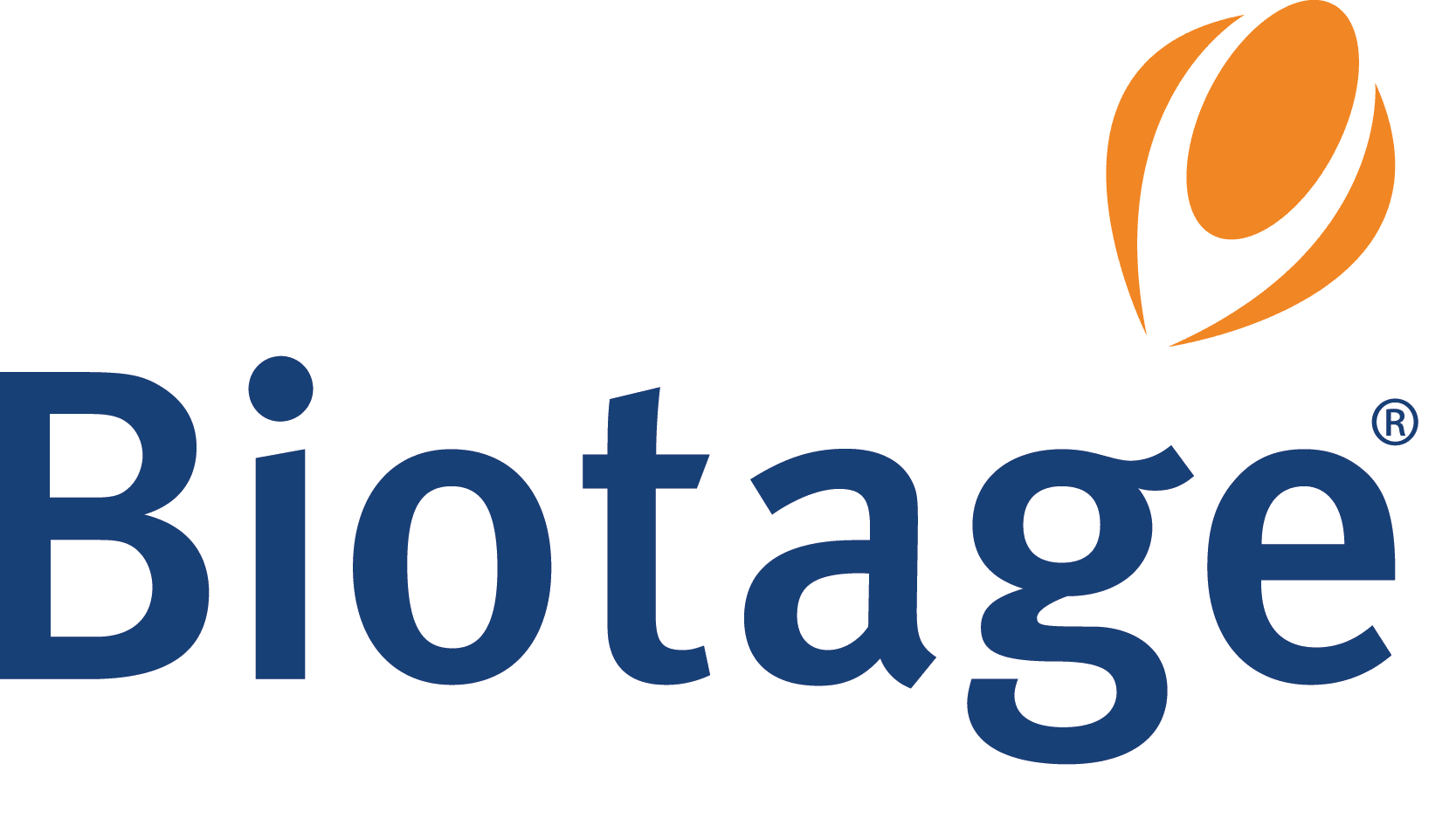Key Words
Phthalate Esters, Acclaim C30 Column, EPA Method 606
Goal
To develop an efficient high-performance liquid chromatography (HPLC) method for the simultaneous determination of 19 phthalate compounds in drinking water. The 19 target analytes cover those specified in European Union (EU) Directive 2005/84/EC;1 U.S. Environmental Protection Agency (EPA) Methods 606 and 8061A;2,3 the Chinese HJ/T 72-2001;4 and the Standardization Administration of China (SAC) GB/T 20388-20065 and GB/T 21911-2008.6
Introduction
Phthalates are a class of chemical compounds widely used as plasticizers for polyvinyl chloride resins, adhesives, and cellulose film coating. To date nearly 20 kinds of phthalates (structures shown in Figure 1) have been used for these purposes. Phthalates are potentially hazardous to human health—especially to children’s health—due to their classification as endocrine disruptors. This has resulted in regulations regarding the types and levels of phthalates allowable in plastic toys,1 water containers,2-4 textiles,5 and foods.6 For example, Directive 2005/84/EC1 lists six phthalates (Table 1) that need to be monitored when used as plasticizers in toys and childcare articles and, if present, must be at concentrations ≤0.1% of the mass of the product.






